
Photo
Robert Barnwell Rhett (1800-1876) was born Robert Barnwell Smith in Beaufort, and changed his name legally by act of the South Carolina legislature in 1838. Elected to the state House of...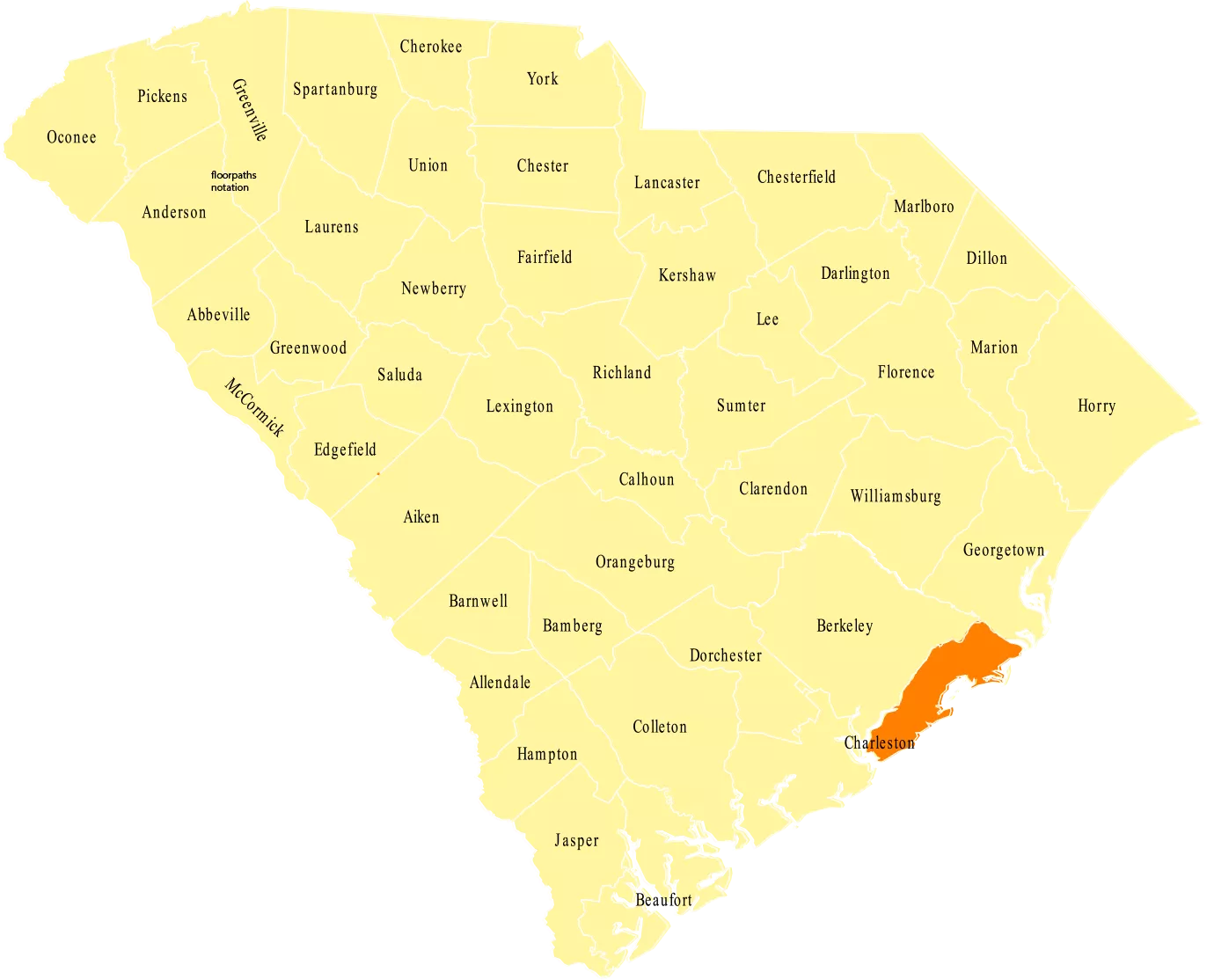
“Charleston County and the city of Charleston, its county seat, are the most historic locations in the state.” Situated in the Lowcountry, the county serves as a popular vacation destination but also relies on the business that results from its port. The area in general serves as a large cultural and economic hub for the state.
Charleston County was founded as Charleston District in 1769, and the district became smaller after some of its lands were used to create Colleton and Berkeley counties. The county and its seat were named after King Charles II.
The city and county are saturated with Revolutionary War and Civil War history. Three signers of the United States Constitution and two famous abolitionists resided in Charleston County, and the Civil War began when soldiers fired shots from the county’s Fort Sumter.

Photo
Robert Barnwell Rhett (1800-1876) was born Robert Barnwell Smith in Beaufort, and changed his name legally by act of the South Carolina legislature in 1838. Elected to the state House of...
Photo
Alonzo J. Ransier (1834-1882), born a free African-American in Charleston, was one of two African-American men in South Carolina to achieve the position of lieutenant governor. He held this office...
Photo
Dr. David Ramsey (1749-1815) was a physician and historian. Born in Lancaster County, Pennsylvania, Ramsey attended local schools, the College of New Jersey (now Princeton), and the College of...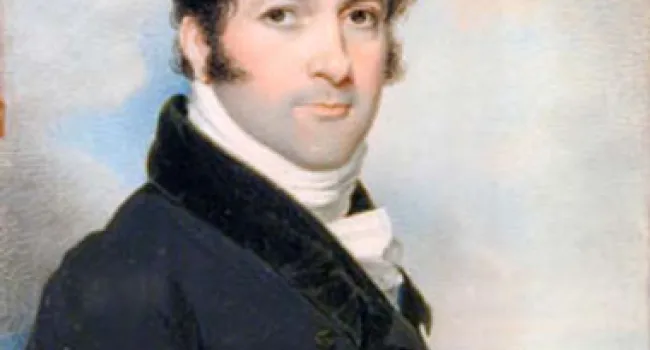
Photo
James Reid Pringle (1782-1840) was President of the South Carolina Senate from 1814-1818, and Collector of the Port of Charleston. During the Nullification Controversy, he was a Unionist. This...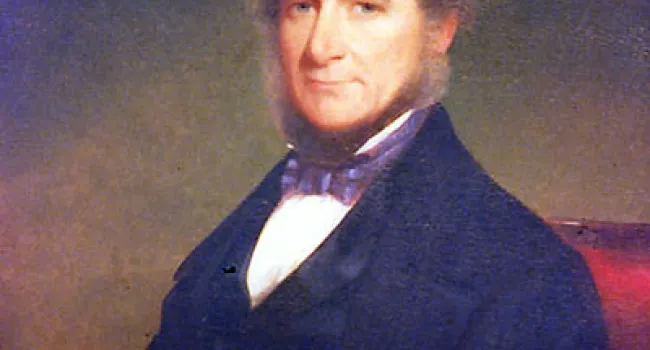
Photo
Joel Robert Poinsett (1779-1851) was the first American Minister to Mexico, serving from 1825-1830. As a result of that assignment, he introduced into the United States the poinsettia, a flower named...
Photo
Born in Charleston, the third surviving child of Eliza Lucas and Charles Pinckney, the younger brother of Charles Cotesworth Pinckney (see Charles Cotesworth Pinckney, In His 6th Year, and Charles...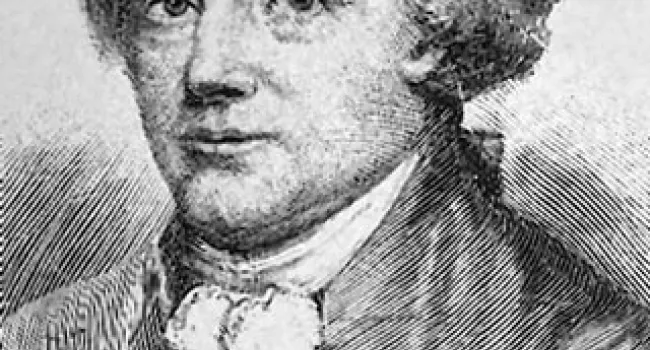
Photo
Born in Charleston, Charles Pinckney (1757-1824) studied law under his father, Colonel Charles Pinckney, and was admitted to the bar, but never practiced law. During the Revolutionary War, he was...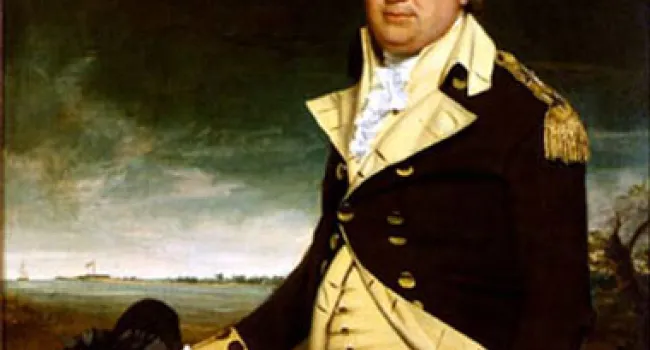
Photo
When Charles Cotesworth Pinckney (1746-1825) returned to Charleston in 1769 to practice law, he was also elected to the Provincial Assembly. (For more on Pinckney's life before 1769, see Charles...
Photo
Born on his family's plantation on the Tuggaloo River in St. Paul's Parish, Francis W. Pickens (1805-1869) attended Franklin College (now University of Georgia) at Athens, Georgia, and South Carolina...
Photo
Born in Edgefield, Governor Andrew Pickens (1779-1838) studied at the College of New Jersey (now Princeton). During the War of 1812, he served as a colonel in the U.S. Army and in later stages of the...